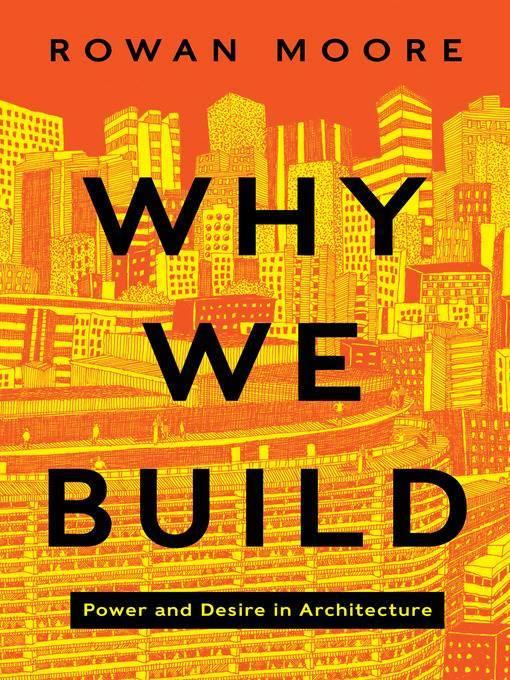
Why We Build
Power and Desire in Architecture
کتاب های مرتبط
- اطلاعات
- نقد و بررسی
- دیدگاه کاربران
نقد و بررسی

July 1, 2013
Architecture is about activated emotion and desire, argues Observer architecture critic Moore in this wide-ranging, informative, and impassioned narrative of why architecture is fascinating, unstable, and a necessary poetry of the everyday. The book’s aim, he argues, is not to “instruct” but to reveal the actual intent behind building so as to correct what Moore defines as the central failure of development and architecture: disguising emotional choices as practical ones. Structuring his narrative thematically, Moore begins his lively account with the subject of desire, taking contemporary architectural forms in Dubai as his central example, a city whose mythology, he suggests, was created before the city itself came into existence, where buildings’ functionalities are subservient to illusion and speculation. Brazilian architect Lina Bo Bardi’s Glass House also exemplifies the dreamlike and poetic qualities that Dubai developers insist their buildings embody. Moore’s other themes are equally grand: architecture as persuasion, propaganda, and power; building as a sometimes deceptive and hopeful vision of the future; the relationship between building, financial value, and social values; architecture, death, and the eternal. Moore’s deftly chosen and analyzed examples range from Alberti’s Tempio Malatestiano and Jamaa el Fna “square” in Marrakesh to Manhattan’s High Line. This is a highly engaging if at times overbroad vision of architecture’s emotive and pragmatic powers. B&w photos throughout.

November 1, 2013
Most recently the architecture critic for the Observer (London), Moore (Building Tate Modern: Herzog & De Meuron) leads the reader on an eclectic and far-ranging tour of the history of architecture. Along the way, he demonstrates a keen understanding of architecture and history by interweaving contemplations of design, form, and function--from ancient Rome to cathedrals of the European Middle Ages to the Louvre, and Soviet-era buildings. Moore even compares the functionality of two unique Massachusetts Institution of Technology buildings built 40 years apart and with significantly different impacts upon the users of these structures. A trained architect, the author explores the relationship between the act of building and the human condition over many centuries, infusing architectural design and construction with the wide variety of emotions resident in those who have designed lasting edifices. Through Moore's eyes, one sees that buildings survive beyond the days of their designers, builders, and residents and that architecture is not simply a synthesis of reason and function but an expression of human desire. VERDICT An excellent in-depth study of the connection between human feeling and desire in the design of magnificent buildings that affect entire societies and civilizations, this title will appeal most to academic readers and to serious students of architectural history.--John Creech, Central Washington Univ. Lib., Ellensburg
Copyright 2013 Library Journal, LLC Used with permission.




















![Design Like You Give a Damn [2]](https://dl.bookem.ir/thumbnails/150/ISBN13/9781613122860.jpg)




دیدگاه کاربران